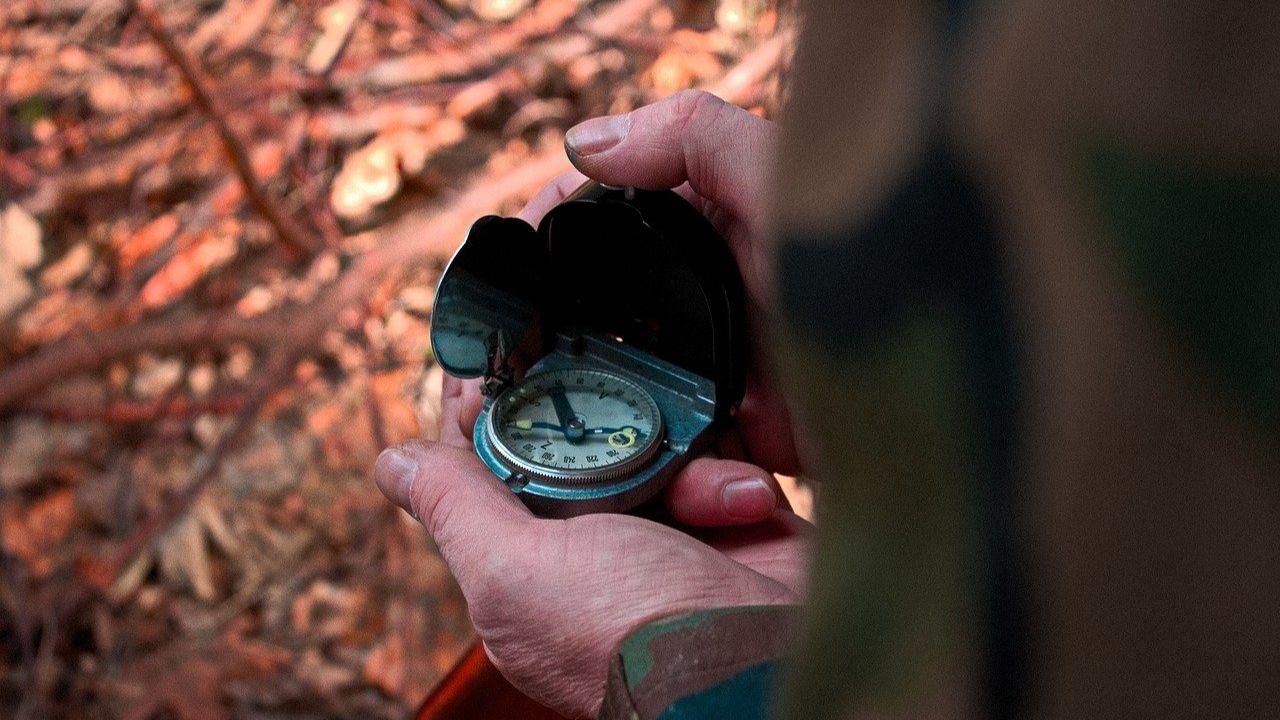
Learn how to make bushcraft skills. Bushcraft skills range from knot-tying to making snares. You can even make a primitive shelter. Bushcrafting skills are essential for survival. Having them will make you more comfortable out in nature. It can be dangerous to work with sharp materials, such as obsidian. You must be careful while using these materials, as a single cut can result in cellular level damage.
Knot-tying
Knot-tying is an essential bushcraft skill, regardless of whether you're out hiking or backpacking. Having a few basic knots can be incredibly useful, especially in emergency situations. Not only can you use them to tie a rope, but they can also help you set up a shelter for the night, build a friction fire, and construct a litter for injured hikers.
It may seem complicated at first, but knot-tying is a mechanical skill. The key to mastering knots is practice. The more you practice, the more natural it becomes. For example, if you're going climbing, you'll need rope that holds. Knowing how to tie a knot that holds tight can make the difference between life and death!
Making rope
Making rope is an important bushcraft skill that you can use in a wide variety of situations. It is also a good part of your bug-out bag or homemade first aid kit. Making rope is essential for survival and self-reliance in almost any situation. Using a few basic techniques, you can easily make rope.
You can make rope from a variety of plant fibers. One way is to use the inner bark of trees. This material is not high in starch, but has very strong plant fibers. Red cedar, for example, is great for making rope because it has long, stringy fibers. To make rope, you can peel off a section of the bark and cut it into long strips. Then, you can soak the fibers in water.
Making snares
Setting snares is one of the most effective ways of catching small game. The best snares work best when they are strategically placed on well-traveled trails that small game uses to find food and water. The simplest snares are the easiest to make and can be placed quickly. Small game has a keen sense of smell, so it is important to use a scent-free environment when setting snares. This way, you will not transfer any of your scents onto the game.
A simple snare is easy to make, and can be made from many items that you might have in your emergency kit. Snares are used to trap animals and are used extensively around the world. You can use rope, wire, and cord to make a snare.
Making a primitive shelter
Making a primitive shelter is a great way to stay dry and warm. It also gives you the advantage of staying off the ground, which can be very dangerous if you're surrounded by snakes. Primitive shelters are much better than modern shelters, but they take time and effort to make. The best way to make a shelter that will protect you from rain is to wrap it in leaves, about 3 feet thick. 4-6 inches of leaves can provide adequate warmth and keep you dry.
Depending on the environment, you can also build a snow shelter. A tree branch survival shelter can be constructed by placing a branch at an angle against the tree trunk. It's also possible to use additional branches and boughs to create an interior floor.
Using bladed instruments
Using bladed instruments in bushcraft is a valuable skill. While many people think that knowledge is the most important factor in wilderness survival, tools are often just as important. One of the most important tools is a sturdy blade. A fixed blade knife with a straight edge is an excellent option. It can be used for all sorts of tasks, including cutting through brush and food. A good example is the Gerber LMF II. Other options include the StatGear Surviv-All Survival Knife.
Bushcraft knives are designed to be sharp and durable. Bushcraft knives often feature a secondary bevel to make splitting and chopping easier. They also have a sharp tip that is beneficial for penetration and slicing. They will maintain an edge longer than a standard combat knife.
 What is BushcraftSurvival SkillsToolsVideosBushcraft CampsBushcraft KitsBushcraft ProjectsPrivacy PolicyTerms And Conditions
What is BushcraftSurvival SkillsToolsVideosBushcraft CampsBushcraft KitsBushcraft ProjectsPrivacy PolicyTerms And Conditions
